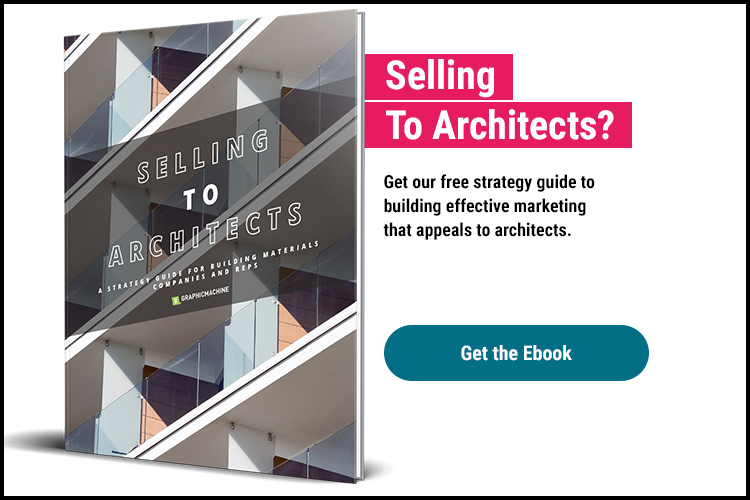We recently spoke with an architectural products and services firm that wanted our help to achieve more sales. Their problems were ones we could solve, but we ran into an issue regarding approach.
“You know how McDonald’s does their marketing?” the firm rep asked. “It’s great. They’re everywhere. We need to be everywhere. We need to be blowing up social media and engaging with customers multiple times a day.”
He was right about one thing: McDonald’s marketing is great … at selling hamburgers. Or chicken nuggets. Or convenient bathrooms on road trips.
McDonald’s is a transactional business: a customer chooses from a defined list of products, spends a defined amount of money for one or more of those products, waits a predictable amount of time, receives the product(s) in a predictable way, and leaves. The customer may repeat this process at the same McDonald’s location or different locations, but each time the value received and the investment made are neatly contained within that individual transaction.
There is almost no consumer education required for McDonald’s. The products are self-evident, and any questions a customer might have (“does that contain eggs?” “which toy comes in the meal?”) can easily be answered by the counter staff. There is no customization, and there is no added service component to the product. The investment made by the customer is, for most Americans, minimal enough that purchasing doesn’t require much deliberation: am I hungry, is there a location nearby, does anything on the menu meet my dietary requirements. Generally, no one expects a warranty for their food. If the fries tip over in the bag while being transferred to the customer, no change order is required and no fix is demanded.
A McDonald’s customer also makes the decision to purchase on their own, or in consultation with their family. There is no purchasing committee or CFO to convince, no architect who needs to see how the fish sandwich will hold up in a storm. In all of its messaging, the company is speaking directly to individuals acting alone, focusing on their needs: cheap and convenient food.
Architectural products firms, on the other hand, have very different business models. Their target market is not “the entire global population,” but something more specific like “architects and developers of healthcare facilities working on projects over 10,000 square feet.” Service, including customization and installation, is often a component of the product sale. Customers may not know the differences between different products or even that a product of that type exists, so they’re not already looking for it. The higher price point and the expected duration of the product mean people won’t be as quick to purchase as they would, say, a hamburger. The sales cycle is longer, prospective clients require more customization, and customer satisfaction is paramount. This is why the McDonald’s marketing model doesn’t work for architectural products firms. Your firm doesn’t sell hamburgers, so you shouldn’t market like it does.
However, there is a takeaway from McDonald’s marketing that would benefit architectural products firms: its unrelenting focus on its customers’ needs. McDonald’s spends significant sums each year on detailed customer research to better understand what its customers want and what they’re thinking about. While you don’t have to spend McDonald’s millions on customer research, you do have to understand who you’re selling to and what they care about. What keeps them up at night? What are their fears about working with a new product or new vendor? What do they need to know to be able to make a buying decision? Which of their needs does your product or service specifically meet?
Once you can answer these questions, you can create a marketing strategy that attracts the right leads for your product or service – no Big Game ad required.
